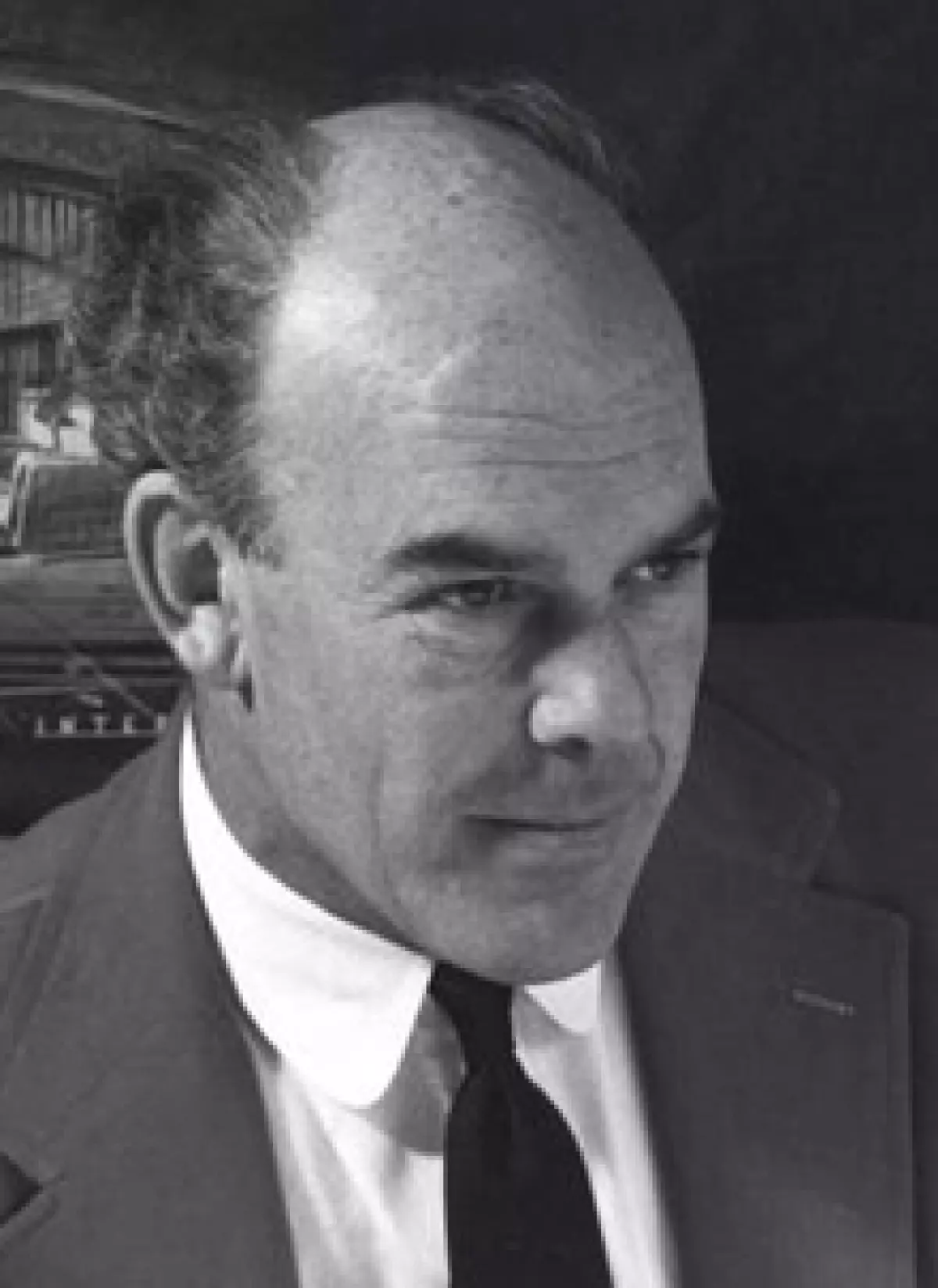John Edward Lautner, born on July 16, 1911, was a visionary American architect who left an indelible mark on the world of architecture. With a career spanning several decades, Lautner's innovative designs and unique approach to architecture have made him a celebrated figure in the industry. While primarily known for his residential works, Lautner also made significant contributions to the commercial genre, particularly in the development of the Googie style.
An Architectural Journey
Lautner's architectural journey began with an apprenticeship under the legendary Frank Lloyd Wright in the mid-1930s. This formative experience laid the foundation for Lautner's future success. In 1938, he established his own practice in Los Angeles, where he would work for the rest of his career. Lautner's works mainly graced the Californian landscape, with a focus on residential projects.
Pushing Boundaries: The Googie Style
One of Lautner's most notable contributions to architecture was his involvement in the development of the Googie style. This futuristic and vibrant architectural style emerged in Southern California in the 1950s and captured the spirit of the Atomic Age. Lautner's designs for iconic establishments such as Googie's Coffee Shop and Henry's Restaurant epitomized the exuberance and innovation of this movement.
 John Lautner
John Lautner
Organic Architecture: A Personal Philosophy
Lautner's approach to architecture was deeply rooted in the principles of organic design. Inspired by his mentor, Frank Lloyd Wright, Lautner believed that a building should harmonize with its surroundings and seamlessly blend indoor and outdoor spaces. His use of non-linear, open-plan layouts, folded concrete forms, and expansive glass elements exemplified his commitment to creating structures that were in harmony with nature.
Pioneering Techniques and Materials
Throughout his career, Lautner pushed the boundaries of what was possible in architecture. He embraced new building technologies and materials, often incorporating reinforced and prestressed concrete into his designs. Lautner's innovative use of glue-laminated plywood beams, steel beams and sheeting, and other cutting-edge techniques showcased his commitment to pushing the limits of architectural possibility.
Legacy and Recognition
John Lautner's influence on the world of architecture cannot be overstated. His designs have become synonymous with modernist architecture, and several of his works have been designated as Los Angeles Cultural-Historical Monuments. In 2016, the Los Angeles County Museum of Art received a major donation of the Sheats Goldstein House, cementing Lautner's legacy.
A Lasting Impact
Decades after his death, John Lautner's work continues to captivate and inspire. His innovative designs, commitment to organic architecture, and fearless exploration of new materials and techniques have cemented his place as one of the most influential architects of the 20th century. From the iconic Chemosphere to the breathtaking Elrod Residence, Lautner's creations stand as testaments to his genius and vision.

















